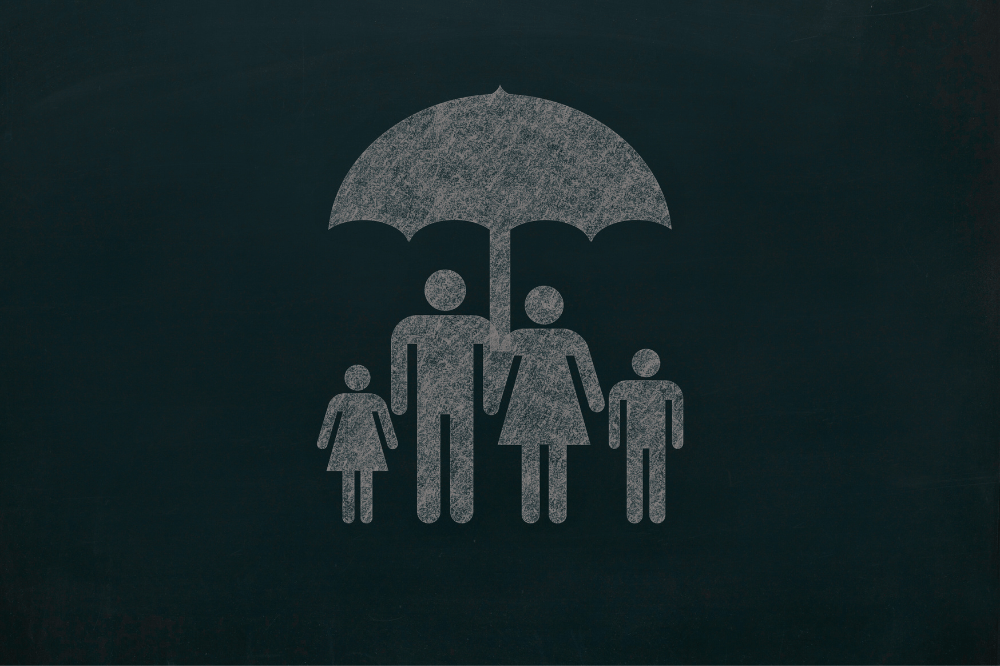Life insurance ownership in the U.S. has been declining, which can be risky. Find out when it might be necessary!
Fewer Americans have been buying life insurance, posing potential financial risks for households in the event of an unexpected death, experts warn. Acording to a survey done by Limra, an insurance industry trade group, only 52% of consumers had a life insurance policy in January 2023, a drop from 63% in 2011. Similarly, data from the American Council of Life Insurers (ACLI) showed that coverage fell from 69% in 1998 to 59% by 2019.
“It’s absolutely clear to me there’s a very large gap here. There’s a literal protection gap where Americans are flat-out underinsured”, said Scott Shapiro, U.S. insurance sector leader at KPMG.
Life insurance is designed to provide financial security for loved ones if the policyholder dies, offering beneficiaries a generally tax-free death benefit. It’s “kind of a funny product: It’s something we buy and hope to never have to use”, said Matt Knoll, a certified financial planner based in Moline, Illinois.
Reasons for Decline in Life Insurance Purchases
The decline in life insurance ownership since the early 1970s can be attributed to several factors. Younger generations are delaying major life events like marriage, homeownership, and having children, which are common triggers for buying life insurance. Rising costs of homeownership and childcare, along with increasing debt burdens, make younger households less inclined or able to afford monthly premiums. Insurance costs themselves are also rising, according to Shapiro.
Life insurance can be complicated to purchase, often requiring medical testing. Additionally, fewer consumers seek the tax benefits of certain life policies due to the availability of other tax-advantaged savings options like 401(k) accounts and 529 plans, Knoll noted. Despite this, Knoll believes there is still a need for life insurance.
When to Buy Life Insurance
The Illinois Department of Insurance (IDOI) advises consumers to consider their financial situation and the lifestyle they wish to maintain for dependents or spouses. Without the policyholder’s income, there might be a financial shortfall for daily expenses, debts, or big-ticket items like tuition. And, even single individuals without children should also consider coverage for funeral expenses, medical bills, debts, or financial support for elderly parents, IDOI adeed.
“Who will be responsible for your funeral costs and final medical bills? Would your family have to relocate? Will there be adequate funds for future or ongoing expenses such as daycare, mortgage payments, or college?”, the department said in a consumer guide.
Types of Life Insurance To Consider
- Term Insurance: typically recommended for most consumers. These policies last for a specific term (10, 20, or 30 years) with fixed monthly premiums. The term should align with the policyholder’s financial obligations. For instance, a policyholder might choose a 30-year term to cover a spouse until retirement or a 20-year term to ensure funds for children’s college education;
- Permanent Life Insurance: is intended to last a lifetime. It may be suitable for those who want to leave a financial legacy or expect to develop a medical condition making future insurance difficult. Permanent insurance is generally more expensive and complex, often including an interest-bearing account alongside the insurance component. Policyholders can build cash value over time, which can be used for various purposes like paying premiums or as collateral for loans. However, consumers should understand the details to avoid buying something unsuitable.
Determining the Amount of Life Insurance
The amount of life insurance needed varies by individual. Some may want to replace all their annual income for many years, while others might focus on covering debts or educational costs, Knoll said. And, if life insurance is available through the workplace, additional coverage may still be necessary.
“Lucy and Ricky are planning on putting two kids through college at a cost of $400,000 and purchasing a house for $200,000. They haven’t been able to accumulate much toward these goals. They should consider covering the shortfall, in this case $600,000, with life insurance”, example given by Jim Bradley, CFP and founder of Penobscot Financial Advisors based in Maine.

